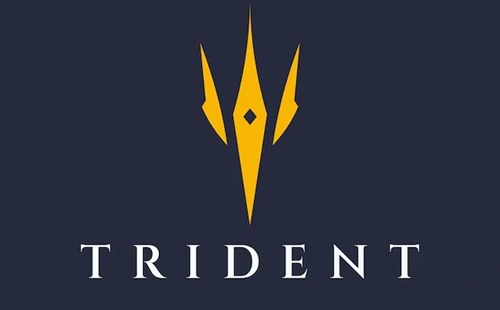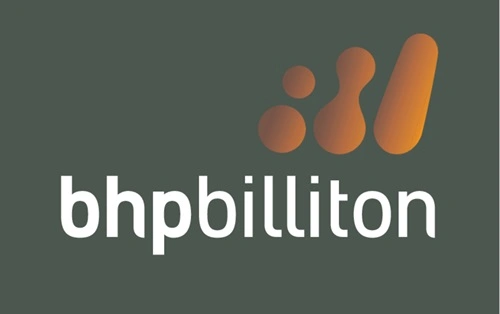Trident Group, one of India’s leading business conglomerates, has established itself as a global powerhouse in textiles, paper, chemicals, and energy. Founded in 1990 by Rajinder Gupta, Trident started as a yarn manufacturing company and has since evolved into a diversified enterprise. With operations in over 100 countries, the group is a market leader in home textiles and paper manufacturing, offering innovative, sustainable, and high-quality products.
This article explores Trident’s business model, revenue streams, and the strategies that have contributed to its success.
Overview of Trident’s Business Model

Trident operates on a B2B (Business-to-Business) and B2C (Business-to-Consumer) business model, catering to diverse industries and customer segments globally. Its key verticals include textiles, paper, chemicals, and energy, with sustainability and innovation at the core of its operations.
Key Business Segments:
- Textiles:
- Trident is one of the largest manufacturers of terry towels and bed linen in the world. It also produces high-quality yarn, serving both domestic and international markets.
- Paper:
- Trident is a leader in eco-friendly paper manufacturing, offering copier paper, writing paper, and specialty paper products.
- Chemicals:
- The company produces industrial chemicals, such as sulphuric acid, which are used across various industries.
- Energy:
- Trident invests in renewable energy projects, including solar and wind power, to meet its operational needs and reduce its carbon footprint.
How Trident Earns Money
Trident’s revenue streams are diversified across its various business verticals. Here’s how the company generates income:
a. Sale of Textile Products
- Terry Towels and Bed Linen:
- Trident earns a significant portion of its revenue by manufacturing and exporting terry towels, bed sheets, and pillow covers.
- It supplies to leading global retailers like Walmart, Macy’s, and Target, as well as directly to consumers through its e-commerce platform.
- Yarn Sales:
- The company sells yarn in domestic and international markets, catering to textile manufacturers and other industries.
b. Paper Manufacturing
- Trident’s paper division generates revenue through the sale of:
- Eco-Friendly Copier Paper: Produced using wheat straw, a sustainable raw material.
- Writing and Printing Paper: Catering to educational institutions, businesses, and publishing houses.
- Specialty Paper: Customized products for niche markets like packaging and decor.
c. Chemicals Division
- The chemicals segment contributes revenue by producing and selling:
- Sulphuric Acid: Used in fertilizers, chemicals, and textile processing.
- Alum: A by-product used in water treatment and other industries.
d. Renewable Energy
- Trident generates revenue by utilizing renewable energy for its own operations, reducing dependency on external energy sources and lowering costs.
- It also supplies surplus energy to local grids, earning additional income.
e. Exports
- A significant share of Trident’s revenue comes from exports. The company serves customers in over 100 countries, with a strong presence in markets like the US, Europe, and the Middle East.
f. E-Commerce and Direct Sales
- Trident sells its products directly to consumers through its e-commerce platform, Trident Group Online, and other online marketplaces like Amazon and Flipkart.
- This direct-to-consumer approach improves margins and enhances customer reach.
g. Licensing and Private Labels
- Trident partners with global brands and retailers to produce private-label products, earning revenue through licensing and production agreements.
Key Strategies Behind Trident’s Success
Trident’s success is built on a combination of strategic focus, operational efficiency, and innovation. Here are the key pillars of its strategy:
a. Sustainability and Innovation
- Trident is committed to sustainability, using eco-friendly materials like wheat straw for paper production and investing in renewable energy.
- The company continuously innovates its products, such as quick-dry towels and lightweight bed linens, to meet changing customer preferences.
b. Vertical Integration
- By integrating its operations, Trident controls the entire value chain, from raw materials to finished products. This ensures quality, reduces costs, and improves efficiency.
c. Export Focus
- Trident’s strong export strategy, combined with partnerships with global retailers, helps it capture significant market share in international markets.
d. Diversification
- The company’s diversified business portfolio reduces dependency on any single segment, ensuring steady revenue even during market fluctuations.
e. Technology Adoption
- Trident leverages advanced manufacturing technologies, including automated looms and energy-efficient systems, to improve productivity and reduce costs.
Financial Performance
Trident’s robust business model and strategic focus have translated into strong financial performance. Key highlights include:
Revenue Growth
- Trident has consistently reported strong revenue growth across its core business segments, driven by increased demand for textiles and eco-friendly paper products.
Profitability
- The company’s emphasis on cost optimization, vertical integration, and high-margin export markets has helped maintain healthy profit margins.
Global Market Share
- Trident is among the top global players in terry towel manufacturing and a leading producer of eco-friendly paper.
Challenges and Opportunities
Challenges
- Intense Competition:
- Trident faces competition from domestic and international players in the textiles and paper industries.
- Raw Material Costs:
- Fluctuations in raw material prices, such as cotton and wheat straw, can impact profitability.
- Regulatory Compliance:
- Adhering to environmental and labor regulations in different countries adds complexity to operations.
Opportunities
- Sustainability Trends:
- Growing global demand for sustainable and eco-friendly products presents significant growth opportunities for Trident.
- E-Commerce Expansion:
- Scaling its direct-to-consumer e-commerce operations can improve margins and customer reach.
- Renewable Energy Projects:
- Investments in renewable energy not only reduce operational costs but also align with global sustainability goals.
- Diversification into New Markets:
- Expanding into untapped markets in Asia, Africa, and Latin America can drive future growth.
Future Prospects
Trident is well-positioned to capitalize on emerging trends and market opportunities. Key focus areas for the future include:
- Sustainability Initiatives: Continued investment in eco-friendly manufacturing processes and renewable energy.
- Product Diversification: Expanding its product portfolio to include premium and innovative offerings.
- Digital Transformation: Leveraging e-commerce and digital marketing to reach more consumers directly.
- Global Expansion: Strengthening its presence in new and existing international markets.
Conclusion
Trident’s business model, built on sustainability, innovation, and vertical integration, has made it a global leader in textiles and paper manufacturing. With its diversified revenue streams and focus on operational efficiency, Trident has managed to remain resilient in a competitive market. As the company continues to expand its product offerings and explore new markets, it is well-positioned for sustained growth and long-term success. By aligning its operations with global sustainability trends, Trident is not only contributing to a greener future but also ensuring its relevance in an evolving global economy.

